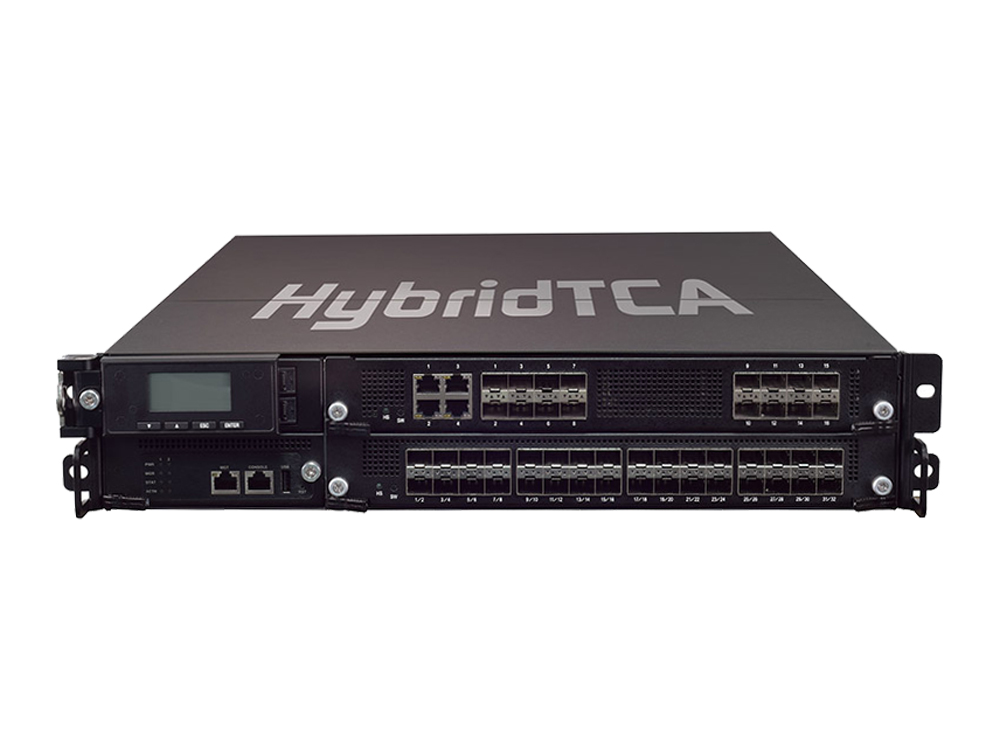Radio Access Network (RAN) terminology is nothing if not confusing. Traditional RAN configurations are now termed “Distributed RAN.” The first phase of cost optimization through consolidation is typically called “Centralized RAN” or “CRAN.” Capacity improvements achieved through baseband pooling are often known as “Cloud RAN,” representing another, different use of the term “CRAN.” Currently, the ultimate approach to enhancements is “Virtual RAN” or “vRAN.” And we haven’t even mentioned “mini-CRAN,” proposed by China Mobile, let alone “Coordinated RAN,” “Collaborative RAN,” “Clean RAN” or “Advanced CRAN,” all of which have shown up in conference presentations over the past three years.

Regardless of all these flavors of RAN improvements, there’s consensus within the industry that a virtual RAN (vRAN) architecture enables service providers to achieve the best overall potential of cost savings, dynamic capacity scaling, better Quality of Experience (QoE) and rapid instantiation of new services.
In a vRAN architecture, the Baseband Units (BBUs) are virtualized, rather than being located at the cell site as physical equipment. The virtual BBUs are deployed on NFV infrastructure software platforms like Wind River Titanium Cloud, running on industry-standard x86 servers and consolidated in centralized data centers, while the Remote Radio Units (RRUs) remain at the cell sites at the edge of the network. vRAN leverages standard server hardware that cost-effectively scales up or down processor, memory and I/O resources based on dynamic changes in demand, infusing the RAN with capacity for application intelligence, which significantly improves service quality and reliability. In many configurations, the architecture also allows for Ethernet and IP fronthaul transport, which gives services providers more cost-effective options for RRU connections.
To accelerate the introduction of cost-effective vRANs, Wind River has collaborated with Lanner Electronics to develop a pre-integrated, validated vRAN ready solution for accelerating the deployment by service providers.
Validated by Wind River Titanium Cloud, the NEBS-compliant HTCA-6200 is a 2U HybridTCA carrier-grade vRAN-ready platform featuring dual CPU blades, dual swappable networking I/O blades, and high-speed switch-enabled and full redundancy design. To ensure the carrier-grade uptime and strict reliabilities mandated by telecom networks, HTCA-6200 is built with two CPU blades, each featuring dual Intel® Xeon® processor E5-2690 v3/v4 CPUs (24 cores per blade), and 16 DDR4 R-DIMMs optimized for high performance in vRAN applications.
To efficiently control and allocate packet load balance, the dual, swappable network I/O blades can be configured with 1/10/40/100 GbE network ports in an array of QSFP, SFP+, or copper combinations. Each network I/O blade can support either BCM StrataXGS™ Trident-II BCM56854 Switch Fabric with a maximum of 720 Gbps throughput or the Trident-II+ BCM 56860 with up to 1,280 Gbps throughput. HTCA-6200 also comes with full redundancy design for its switch blades, CPU blades, cooling fans, and power systems, which offer backup operation in case downtime occurs to one of these components.
By extending the benefits of network virtualization from the core to the RAN, vRAN is the optimal solution for cost-efficiently increasing capacity, reducing costs and creating new services. The solution described in the white paper and the webinar delivers carrier grade reliability, predictable performance, low latency, unrivaled manageability, massive scalability, optimized resource utilization and flexible deployment options. These best-in-class technical features provide service providers with clear, quantifiable business benefits in terms of cost reductions, capacity improvements and accelerated deployment times.
At Mobile World Congress 2018, Lanner will demonstrate the Wind River Titanium Cloud platform running on the carrier-grade HybridTCA platform HTCA-6200. Come visit Lanner Booth at 7E2 to learn more

